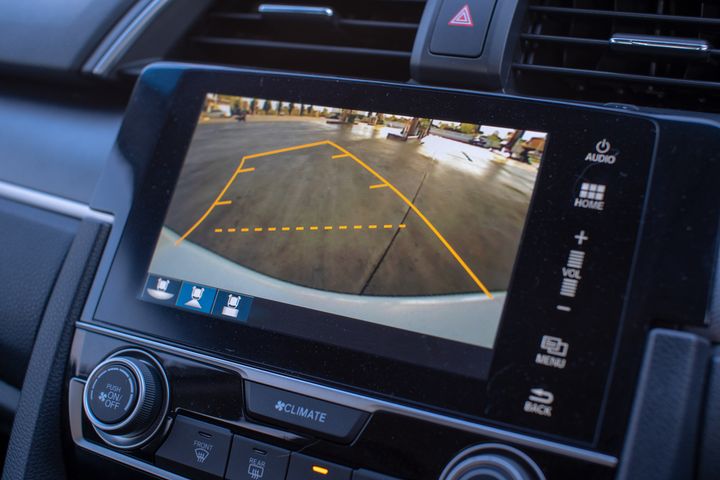New Vehicle Technology and Its Effect on the Rental Car Industry
These accident avoidance systems, which include blind-spot monitors, backup cameras, driver monitoring systems, and automatic braking systems, will all function to lower accident rates and save lives.
The 2020 models are beginning to make their way into the fleets of rental car companies with a growing number of advanced driver assistance systems (ADAS) functions designed to provide safety to the occupants as well as lower the frequency of accidents.
These accident avoidance systems, which include blind-spot monitors, backup cameras, driver monitoring systems, and automatic braking systems, will all function to lower accident rates and save lives. This is great news for the rental car industry but there are some potential pitfalls as well.
Whenever a vehicle is involved in even a minor fender bender, safety-related components can be compromised. Collision repair shops in many cases are not trained or equipped to handle these complex repairs. In fact, according to I-CAR, the Inter-Industry Conference on Auto Collision Repair, 65% of collision industry shops have no training in these new safety components whatsoever. This is a sobering statistic considering the growing complexity of vehicles.
The vehicle manufacturers (OEMs) have specific repair procedures and/or position statements related to vehicle safety system health checks. Scanning is used to determine the condition of the electronic components and identify any Diagnostic Trouble Codes or DTCs. General Motors and others take the position that “all vehicles being assessed for collision damage repairs must be tested for DTCs during the repair estimation in order to identify the required repairs.”
In many cases a sensor may need to be reset, cameras and radar may need to be recalibrated, and control modules may need to be replaced as components may have failed or been damaged. It is important to note just because there are no dashboard indicators illuminated does not mean other components need attention.
All of this leads to increased liability should a vehicle be rented that has not been properly repaired and re-calibrated. Lawyers are increasing looking at repair information after an accident to assure proper procedures were followed.
Case in point is Seebachen vs. John Eagle Collision Center where a jury awarded $31.5 million dollars to the Seebachen family. The collision repair facility used a 3M structural adhesive instead of spot welding as the OEM procedures specified.
As these well-equipped and much safer vehicles make their way into car rental fleets the best way for rental car companies to lower exposure is to assure compliance with OEM repair procedures. This includes the repair facility using pre- and post-diagnostic scanning and calibrations using up-to-date OEM software and scan tools.
Not all scan tools are the same and homework should be done to make sure the scan tool meets OEM requirements.
About the Author
Frank LaViola is VP of sales for AirPro Diagnostics LLC located in Jacksonville, Fla. LaViola previously worked for Enterprise Rent A Car in the area of collision industry relations.
by ARN Staff
Source: https://www.autorentalnews.com
FLEET MANAGEMENT NEWSLETTER
Join to our NEWSLETTER; you’ll get the latest news, articles, publications, training, conferences, events, congresses, and white papers related to Fleet Management, Mobility and Automotive IN your email fortnightly.




